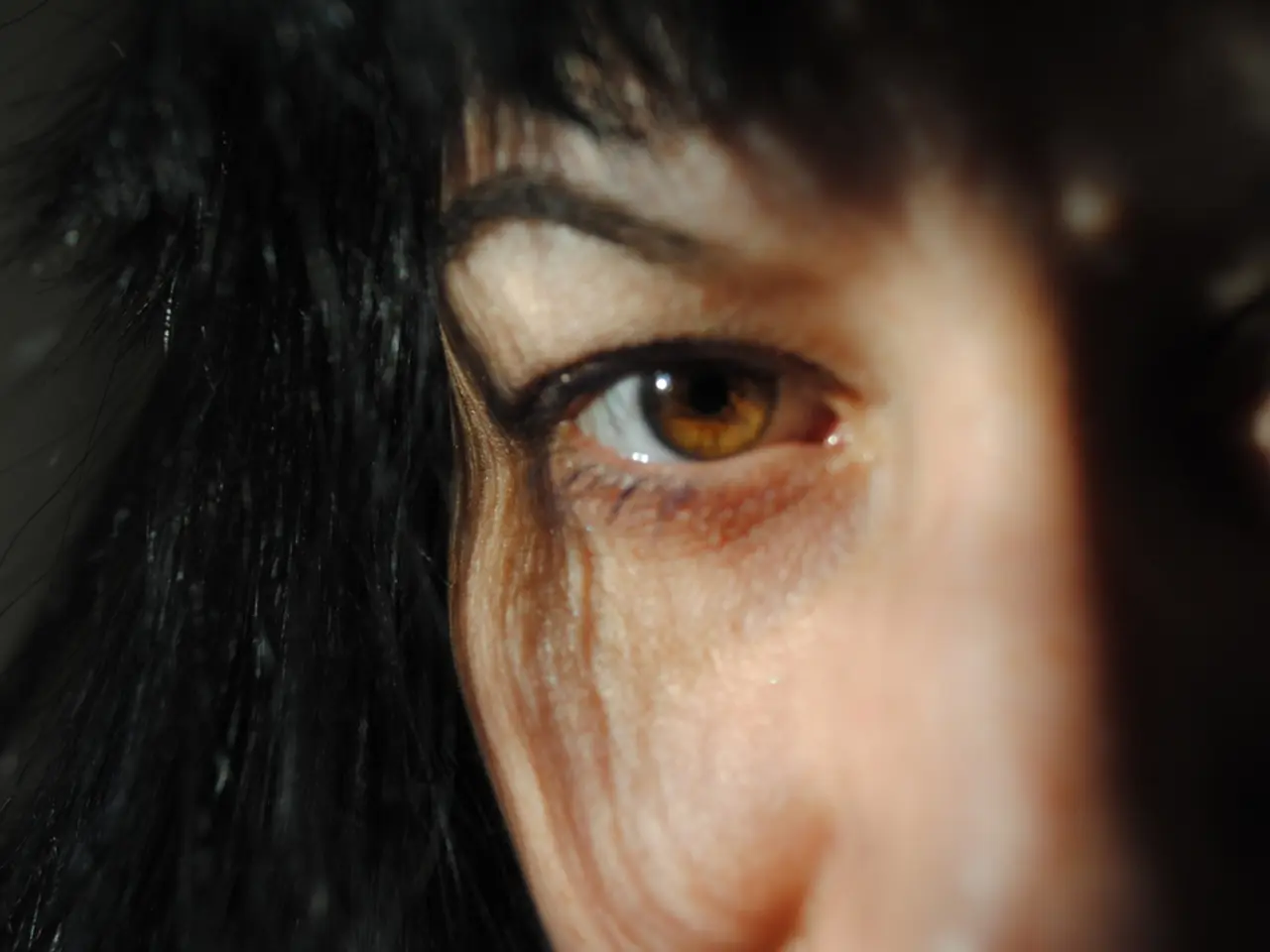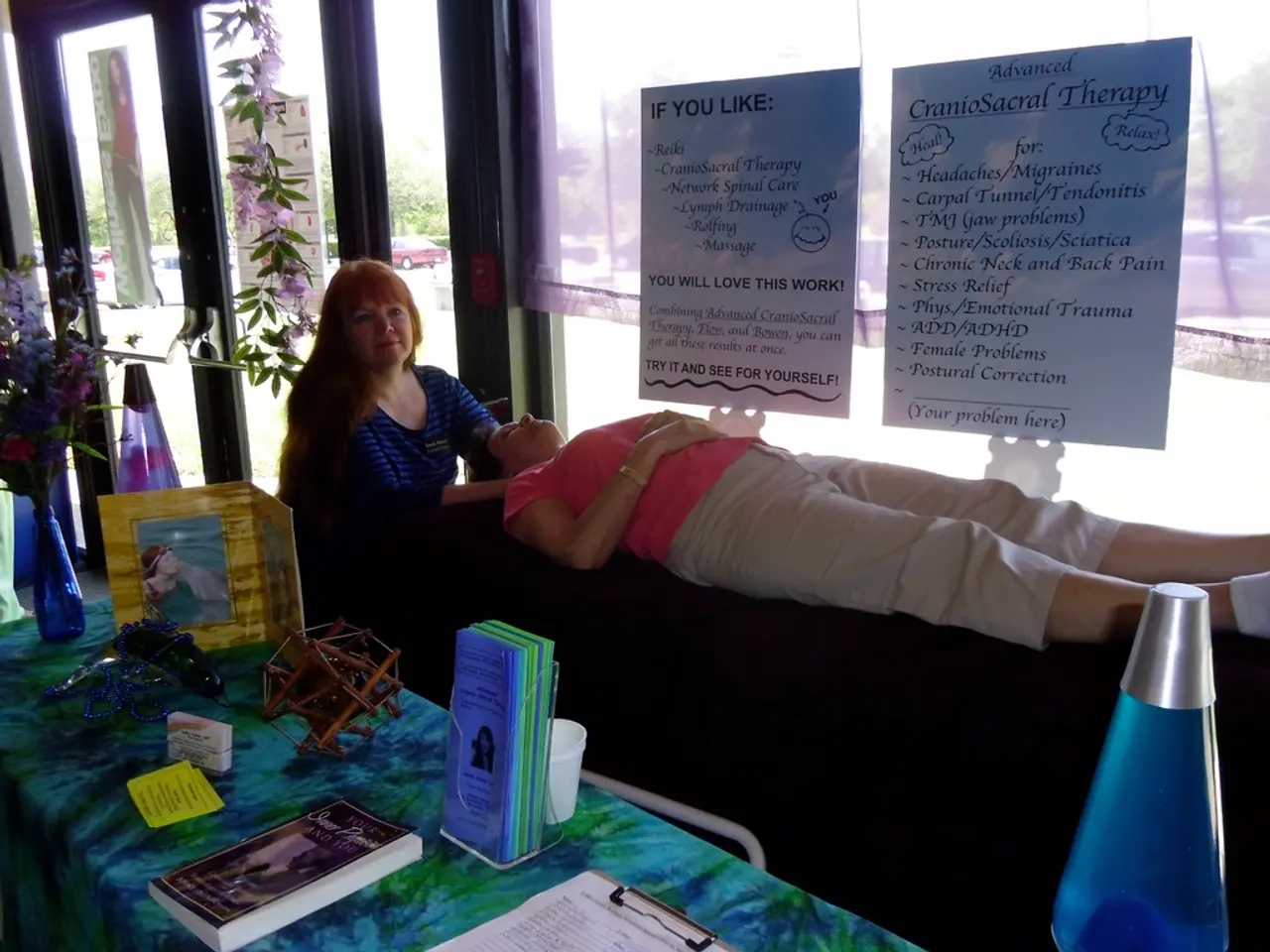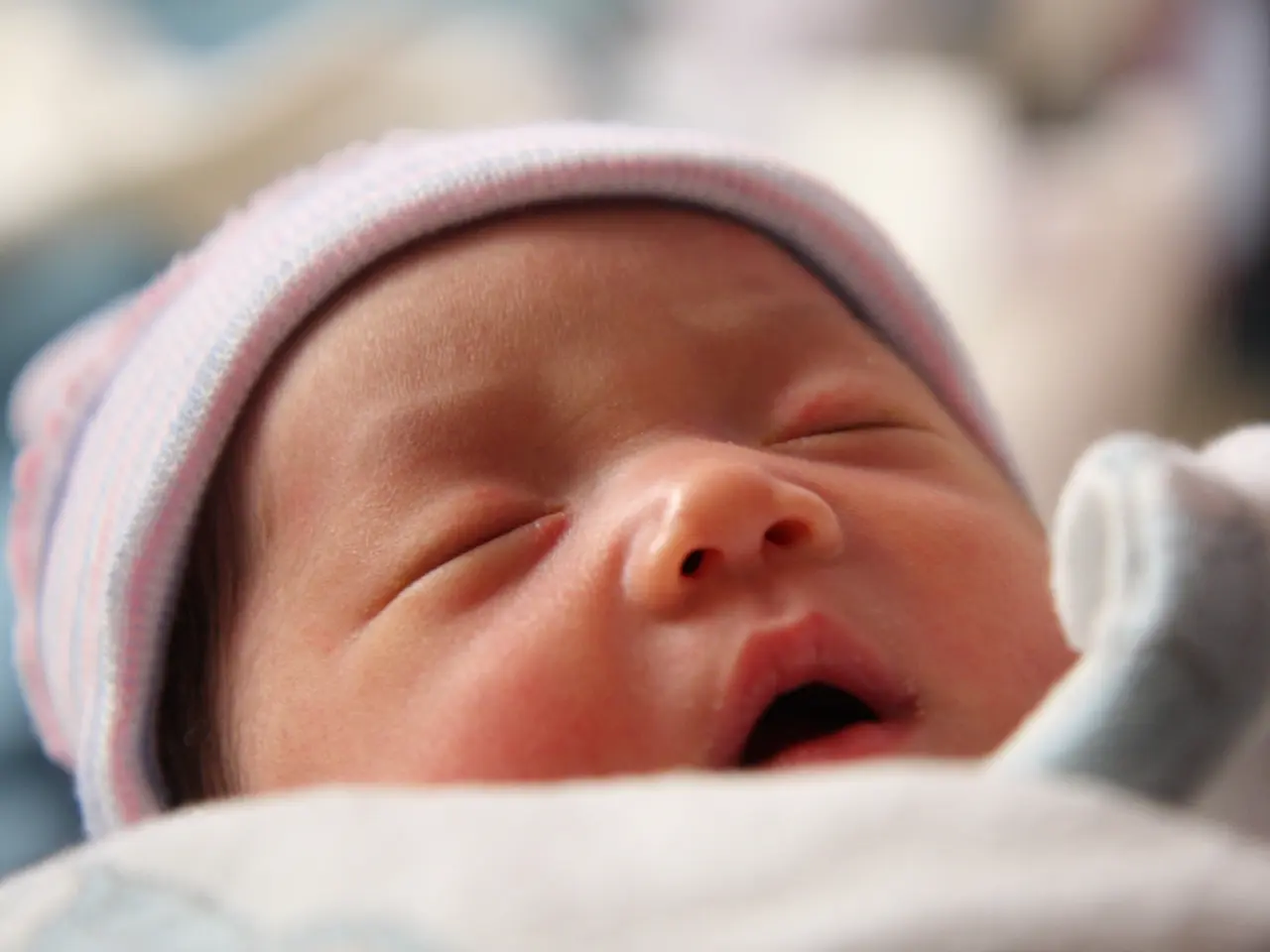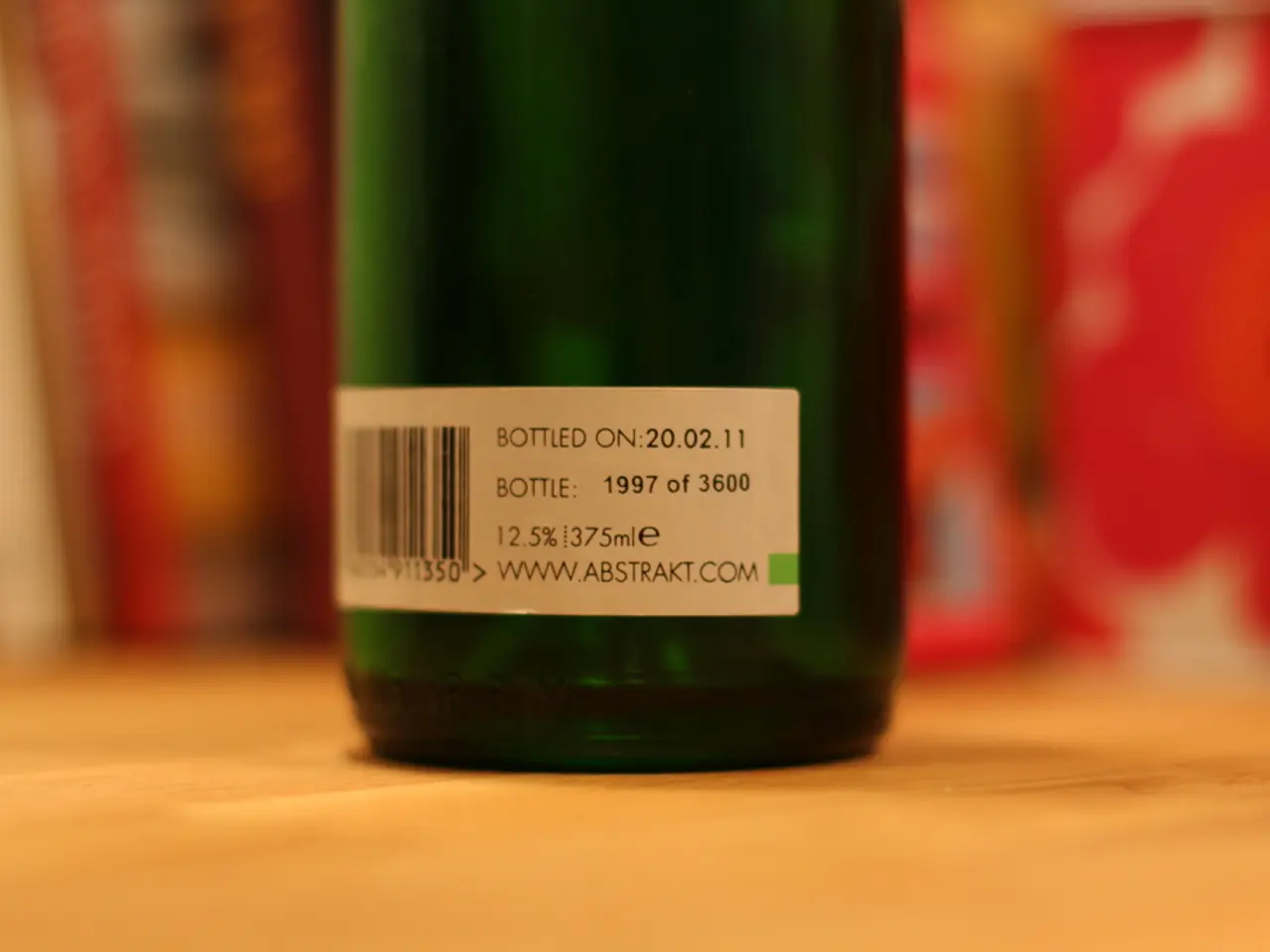Effective Hair Removal for Noses: Recommended Strategies and Things to Steer Clear Of
In the quest for a cleaner, more comfortable nose, many individuals are left wondering about the most efficient and safest methods for removing nose hairs. This article provides an in-depth overview of the recommended methods, their precautions, and what to avoid when dealing with unwanted nasal foliage.
### The Safest and Most Effective Methods
1. **Trimming (Most Recommended and Safest)**
Using specialized nose hair trimmers or small scissors designed for the nostrils, trimming is the most recommended and safest method. Trimmers have rounded tips and protective guards to prevent cuts or nicks, while scissors typically have blunt, rounded edges to safely cut hairs without hurting delicate nasal skin.
Precautions: - Use only tools specifically meant for nose hair. - Avoid inserting trimmers or scissors too deep inside the nostrils. - Ensure tools are clean and disinfected before use to prevent infections. - Do this regularly to keep hair short without removing all nasal hair, which serves as a filter for dust and pathogens.
2. **Laser Hair Removal (Longer-lasting)**
Laser hair removal targets hair follicles to stop growth, offering near-permanent removal. However, it usually requires at least six sessions and is an expensive option not covered by health insurance.
Precautions: - Should be done by licensed professionals familiar with delicate skin areas. - May not be suitable for all skin types. - Avoid home lasers for the nose due to risks of damage.
3. **Topical Creams (Hair Growth Suppressants)**
Application of creams formulated to inhibit hair follicle activity can also be an option.
Precautions: - Use creams specifically formulated for facial or nasal use. - Avoid contact with mucous membranes inside nostrils to prevent irritation. - Patch test to check for allergies.
4. **Waxing (More Painful and Risky)**
Waxing involves applying warm wax on visible nose hair for removal from roots. Results last longer than trimming, but it is more painful and risky.
Precautions: - Must be performed by trained professionals to avoid injury. - Never insert the applicator deeply into the nostril; only wax the visible hair at the entrance. - Cleanliness and hygiene are critical to prevent infections. - Waxing can cause pain, ingrown hairs, or folliculitis (infection of hair follicles). - Avoid removing all nose hair entirely as this increases infection risk and can harm sense of smell.
### What to Avoid
- **Plucking/tweezing nose hairs** is discouraged because it can cause folliculitis and infections due to the sensitive and bacteria-prone nasal area. - Completely removing all nasal hair increases the chance of infections since these hairs protect the respiratory tract by filtering dust and pathogens.
In conclusion, trimming with a proper nose hair trimmer or small scissors is the safest and most effective routine method for most people. For longer-lasting results, laser hair removal by professionals is advisable. Waxing should be approached cautiously and done by experts to minimize risks. Always maintain hygiene and avoid aggressive removal methods that can lead to infections or damage.
[1][2][3][4][5]
- Using the right tools, such as nose hair trimmers or small scissors with blunt, rounded edges, is recommended for the safest and most effective removal of unwanted nose hairs.
- Such methods as laser hair removal, employing light energy to target and disable hair follicles, can provide longer-lasting results, but they often require multiple sessions and may not be suitable for all skin types.
- Topical creams, formulated to hinder hair growth, can be another option for nose hair management; however, it's essential to use creams specifically designed for facial or nasal areas, and avoid contact with mucous membranes inside the nostrils to prevent irritation.




